Lorna Scott and her Mortar Board
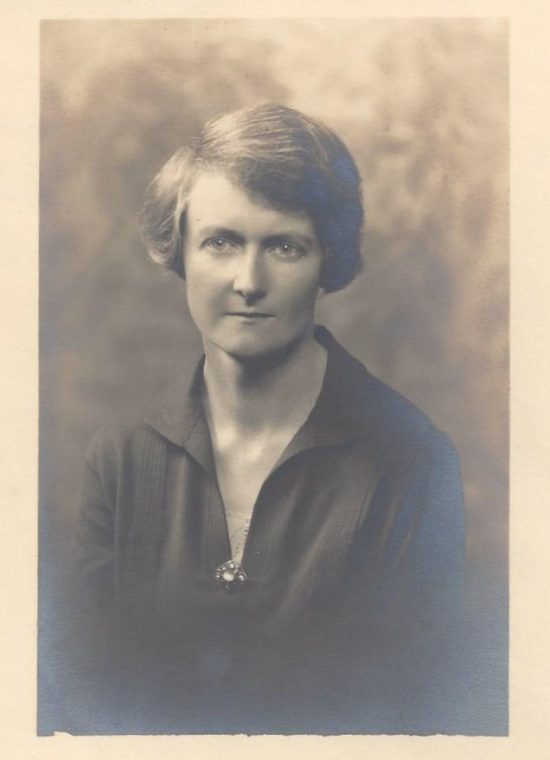
Egham Museum is the proud possessor of a mortar board belonging to distinguished botanist Lorna Scott (generously donated by her great-niece Jocelyn Barker) – who graduated from Royal Holloway in 1917. Lorna Iris Scott was born on 29 September 1895 in Poona, India, the 5th of the 6 children of Major Horace William Scott of the Lancashire Fusiliers and Sophia Parsons Scott (née Fenemore). One of her older sisters and the only son, Horace, had died in infancy before her birth.
After the family returned to England and were living in Holland Park, Lorna was sent to the Royal School for Officers’ Daughters in Bath. The school’s aim was to provide practical and religious education for the daughters of army officers who might otherwise be unable to afford it. The school was privately funded and subscribers to the school voted to decide which girls should receive financial assistance to stay there. Lorna was the object of such a vote in 1906 when she was 10.
The vote must have been successful since she was able to continue until she was old enough to take and pass the London Senior School Certificate in 1913 and to become Head Girl.

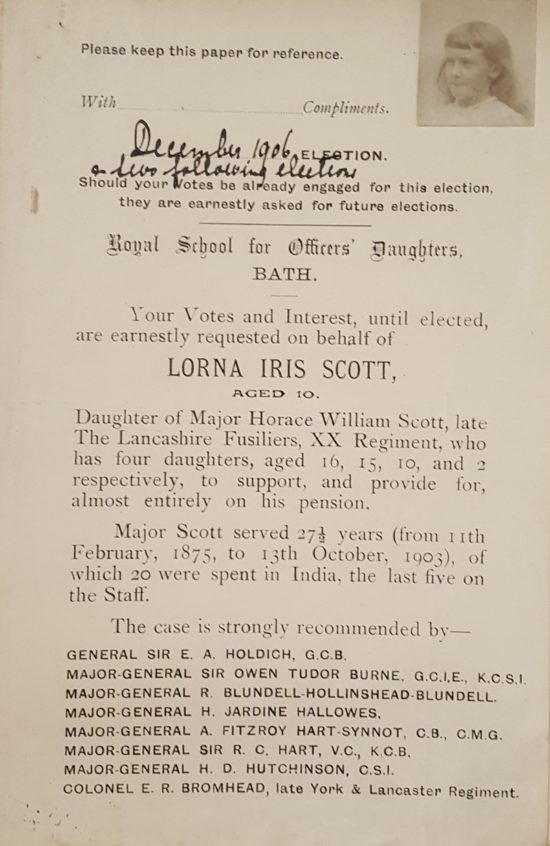
In 1914 she went on to study botany at Royal Holloway College where she passed the Intermediate Science Examination in 1915 and won the Driver Prize for Botany in 1917 – the prize, £4 to be spent on books, was awarded on the basis of a paper, a practical project or an essay. The then Head of the Botany Department, Dr Margaret Benson, was a keen advocate of women’s education especially in science and was a Fellow of the Linnaean Society. 21st Century students might be alarmed to know that, to be accepted on the Botany course, students were expected to have a good enough knowledge of French and German to be able to read scientific papers in these languages and in the final year they needed to obtain a microscope at their own expense. Jocelyn Barker recalls her father “commenting that had young Horace survived Lorna would probably not have had such a good education as the money would have been spent on educating the only son, not a daughter.”[1]
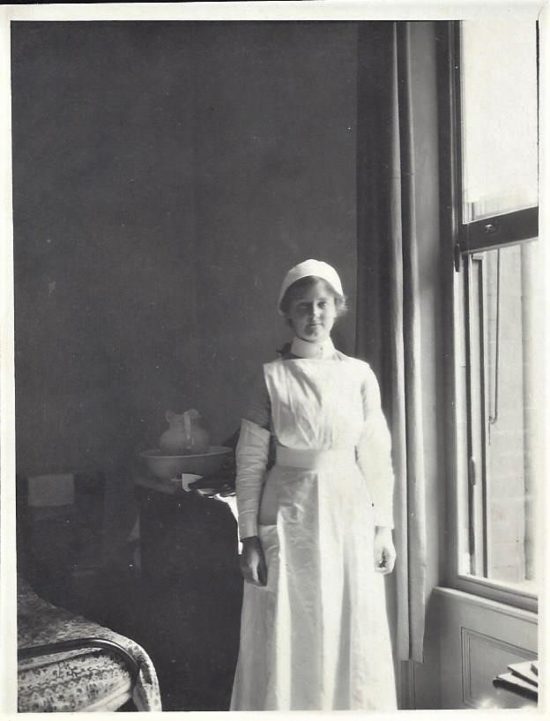
Lorna participated fully in the life of the college, engaging in tennis, swimming and hockey, and became ‘River Captain’ (Rowing).[2] A photograph dated 1914 shows that she was carrying out nursing duties, probably at the Princess Christian Red Cross Hospital, Englefield Green (later known as the Princess Christian Military Hospital) or Egham Cottage Hospital. Other students at Royal Holloway were knitting ‘comforts’ for the troops and in 1915 the College set up working groups to produce hospital clothing and roll bandages for the Red Cross Hospital.[3]
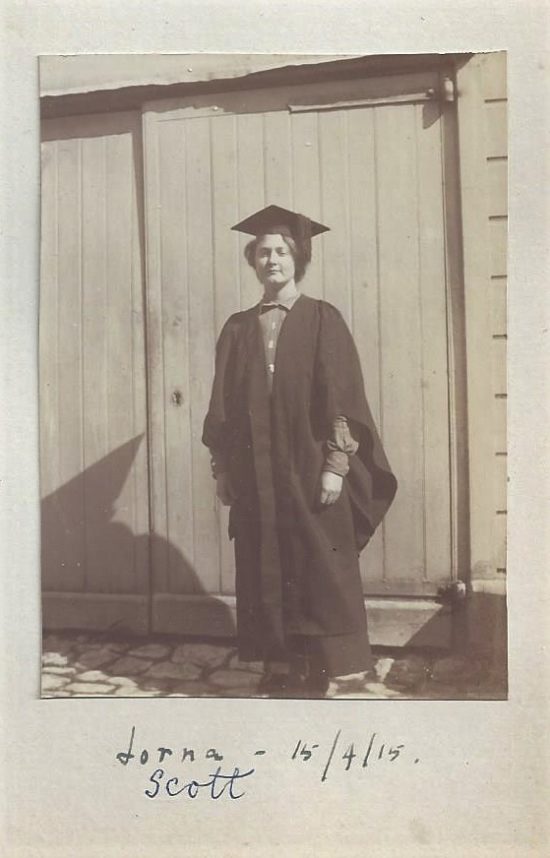
London University Archives indicate that in 1928 she attained an MSc in Botany from Royal Holloway.[7] By this time her parents were living in Ashford, Kent. She pursued an active programme of research with particular interest in plant anatomy, algology and bryology (the study of mosses). She contributed papers to learned journals including Nature, The Naturalist, Annals of Botany, New Phytologist and Journal of the Linnaean Society and was co-author with her head of department Prof. J.H. Priestley, of “An Introduction to Botany”, first published 1938, which also featured her illustrations. After graduating with Class III honours in 1917 she joined the Agricultural Botany department at Leeds University as an Assistant Lecturer.[4] She went on to become a Lecturer in the Botany Department[5], eventually progressing to the level of Senior Lecturer. She was allocated a bedroom and sitting room in Lyddon Hall, then a woman’s hall of residence, where she was sub-warden from 1919-1937.[6] Her contemporaries described her as “pleasant, interested in Hall, but more reserved than Miss Marchbanks [the Warden]. She continued to attend annual reunions long after her retirement from the Botany Department, travelling up from her home in the West Country.”
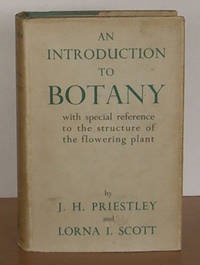
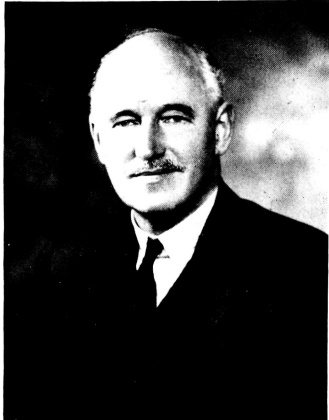
When Priestley died in 1944 it was Lorna who wrote his obituary[8].
She was also a member of several professional associations including The Leeds Naturalists’ Club, The Moss Exchange and The British Bryological Society. She credited these with helping her not only to solve problems she encountered during the course of her work but also in making friends with similar interests.
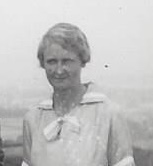
In 1945, she followed the example of her mentor at Royal Holloway in becoming a Fellow of the Linnaean Society. In 1949 she was invited to serve as President of the Yorkshire Naturalists’ Union, the first woman to hold this position.
After retiring in 1958 she moved to Yeovil, Somerset. She continued to write and in 1964 collaborated with Dr Edith Harrison of Leeds University to produce an extensively revised and expanded 4th edition of “An Introduction to Botany.”
She died in Yeovil 13 December 1984.
Lorna Scott’s Mortar Board
The mortar board is made of rigid black felt and sports a silk tassel. Inside it bears the name ‘Scott’ in pencil and the size 6⅝. The name of the manufacturer is given as Ede & Ravenscroft, 93 Chancery Lane, London, “by appointment to the King and Queen.” This helps to date the hat between 1921 and 1952 since Ede & Ravenscroft, probably the oldest surviving firm of tailors in the world, changed their name from Ede & Son in 1921. They have borne royal warrants since 1761 and have been robe makers to Queen Elizabeth II since her accession to the throne in 1952. They still provide ceremonial robes for all occasions, including graduation ceremonies.
It is not far-fetched to assume that this mortarboard dates from Lorna’s 1928 MSc graduation, replacing the one she wore as an undergraduate.
The Wearing Of Mortar Boards Today
In the 21st Century, myths still abound concerning the wearing or otherwise of the mortar board or graduation cap. At some universities e.g. Bristol, the story is told that men threw their caps off the Suspension Bridge in protest at co-education and so they subsequently ceased to be a part of academic dress there[9] . Durham and Newcastle have similar legends. At others such as Limerick[10] it has been suggested that the cap originally symbolised the fact that a woman’s education was ‘capped’ at a certain level – or that it originates from the custom of women wearing a hat in church!
Whatever the reason, it is well-established within some institutions that women wear the cap while men either carry it or do not have one at all. Seeing this as discriminatory against men, a female student at Trinity College in 2015 began a campaign to end the perceived sexism and allow all students the right to wear caps if they wished[11]. Meanwhile at the University of Manchester all graduands must wear hats but “Female graduands may find it useful to bring some hairpins to hold their hats in place“[12]. It is not clear how the male graduands should keep their hats attached!
With many thanks to Jocelyn Barker for information relating to Lorna Scott’s life and career , without which this article would not have been possible, and for allowing the use of previously unpublished family photographs. The assistance of Nick Brewster, Archive Assistant at Leeds University, who tracked down the first published mention of her MSc is also gratefully acknowledged.
Margaret C Stewart
[1] Barker, Jocelyn (2018) Personal communication.
[2] Hurn, J.L (1985) Letter of 29 June 1985 to Lorna Scott’s nephew after her death
[3] Bingham, Caroline (1987) The History of Royal Holloway College 1886-1986. London: Constable
[4] Royal Holloway College (1926) The Calendar of the Royal Holloway College University of London 1925-26. London, Spottiswoode, Ballantyne & Co.
[5] Royal Holloway College (1938) The Calendar of the Royal Holloway College University of London 1938-39. London, Spottiswoode, Ballantyne & Co.
[6] Webb, Rod and McCann, Simon (1992) A History Of Lyddon Hall 1892 – 1992 produced on the occasion of the Centenary http://www.daveireland.co.uk/Lyddon2010/pdf/history.pdf [Accessed 12 July 2018]
[7] University of London (1931) Graduates lists 1930, 1931 http://archives.ulrls.lon.ac.uk/resources/1931gradlist.pdf [Accessed 21 July 2018]
[8] Scott, L I (1944) Joseph Hubert Priestley, D.S.O., B.Sc., F.L.S. 1883-1944 https://nph.onlinelibrary.wiley.com/doi/pdf/10.1111/j.1469-8137.1946.tb05040.x [Accessed 12 July 2018]
[9] https://berkeleysuites.co.uk/blog/5-things-you-didnt-know-about-bristol-graduation [Accessed 12 July 2018]
[10] An Focal (2017) Are mortarboards really optional for graduating women? http://campus.ie/college-life/college-news/are-mortarboards-really-optional-for-graduating-women/ [Accessed 12 July 2018]
[11] Brauders, Elizabeth (2015) http://www.universitytimes.ie/2015/01/hats-off/ [Accessed 12 July 2018]
[12] University of Manchester (2018) Before your graduation: academic dress hire. http://www.graduation.manchester.ac.uk/before-your-graduation/cap-and-gown-hire/ [Accessed 12 July 2018]

